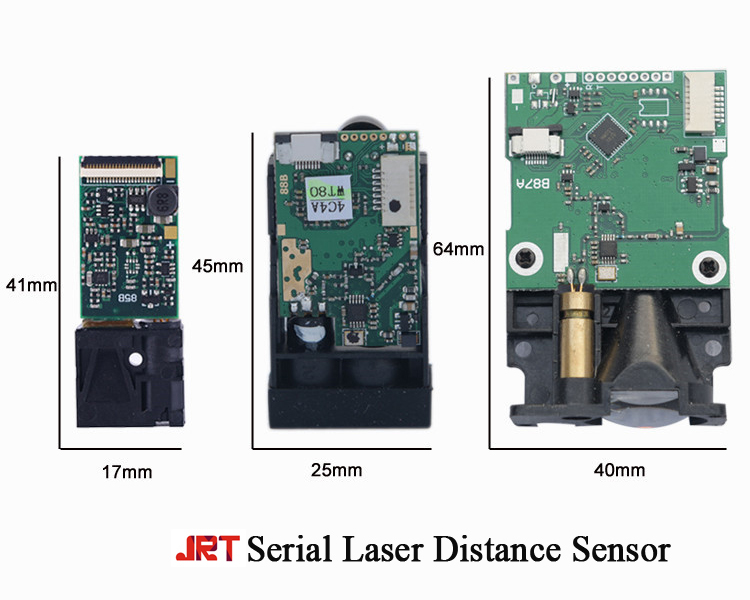It has a wide range of adaptability, strict requirements on soil, resistance to drought, infertility, salinity, and desert, and it is best grown in well-ventilated sandy loam. The commonly used cultivation method is cutting propagation.
Cutting propagation
1. After the deep-turning of the nursery land in the nursery area, apply 1500 to 2000 kg of fertilizer or 100 kg of chemical fertilizer per mu.
2. Harvesting cuttings Before pruning the litchi shoots in spring, combine the pruning of large seedlings, collecting the cuttings, and cutting the cuttings 10 to 15 cm long.
3. Cuttings Soak the cuttings with rooting powder for 24 hours. In the seedbed, the ditch is laid at a row spacing of 30 cm, cuttings are inserted at a spacing of 5 cm, and the cuttings are 5 to 10 cm deep. Before planting large seedlings in the garden, Daejeon ditched the plant with a spacing of 1 meter and a spacing of 33 centimeters, and planted a trench depth of 30 to 40 centimeters. 2000 kg per acre of base fertilizer, 2000 acre can be planted per acre.
Field management
1. Timely weeding and weed control to prevent overgrown weeds, competition with plants and transmission of pests and diseases.
2. Top dressing. The glutinous rice fertilizer has a longer flower and fruit period. Fertilizer should be paid attention to during sprouting, flowering and fruiting. During the growth period, it is usually applied 2 to 3 times to promote seedlings, tapping the rod and increasing fruit.
3. Trim pruning. The branch has strong branching ability. The new branch grows vigorously. The old branch must be cut before germination in early spring each year, the leggy branch should be cut in summer, and the old branches and disease branches and branches in autumn. Pruning can reduce pests and diseases, enhance ventilation and light transmission, and reduce nutrient consumption. The newly planted seedlings were topped when the main trunk was 60 cm high and were left with 3 to 5 side branches. In the second year, 3 to 5 lateral branches selected will be retracted to 30 cm to form the first canopy. After years of training, it will form a three-storey "upstairs" canopy, increasing the amount of fruit. If the bonsai is produced, the glutinous branch can be cut and cut in the spring before the second spring, and the result can be bloomed in the coming year.
4. Moisture management. Enspirists are more prone to excessive wetness and poor drainage, but too much drought affects their growth and development, and drainage and irrigation should be performed in time according to local conditions.
5. Disease prevention and control. The diseases of earthworms are mainly black bean disease and root rot, which mostly occur in the rainy season. When black fruit disease occurs, buds, flowers, and fruits turn black, and the diseased part has red mucus in wet conditions. It can be sprayed with Bordeaux (1:1:200) or 50% carbendazim 1000 times at the beginning of the disease. When the root rot was infested, the stems of the diseased plants turned black and rotted, the leaves on the ground yellowed, and the whole plant died. The diseased plants should be removed immediately and the soil around the diseased plants should be disinfected with lime or 70% pentachloronitrobenzene. At the beginning of the disease, 50% of carbendazim from 1000 to 1500 times can be used to prevent root canal.
With low-power, miniature size, the serial communication department range sensor with mm accuracy can measure up to 20m, 40m, 60m, 100m, 150m, 200m.
If you want to connect our laser range sensor boards together with your computer, you can directly choose the model with one USB connector.
In your project, you can use our distance sensor panel to measure a distance.

Serial Laser Distance Sensor,Serial Communication Laser Distance Sensor,Laser Range Sensor Boards,Distance Sensor Panel
Chengdu JRT Meter Technology Co., Ltd , https://www.rangingsensor.com